THE EXPERIENCE
Seen by more than 25 million visitors worldwide. The Artifact Exhibition is the only exhibition to feature artifacts recovered directly from the wreck site of the RMS Titanic. Presenting more than 200 of these recovered artifacts, alongside full-scale room re-creations, interactive environments, exclusive video, never before seen photographs and compelling stories; the experience transports visitors back in time to become a passenger on the great Ship. The Artifact Exhibition tells the story of the Ship, of the time in which she was built and of her 2,208 passengers and crew whose lives she changed forever.
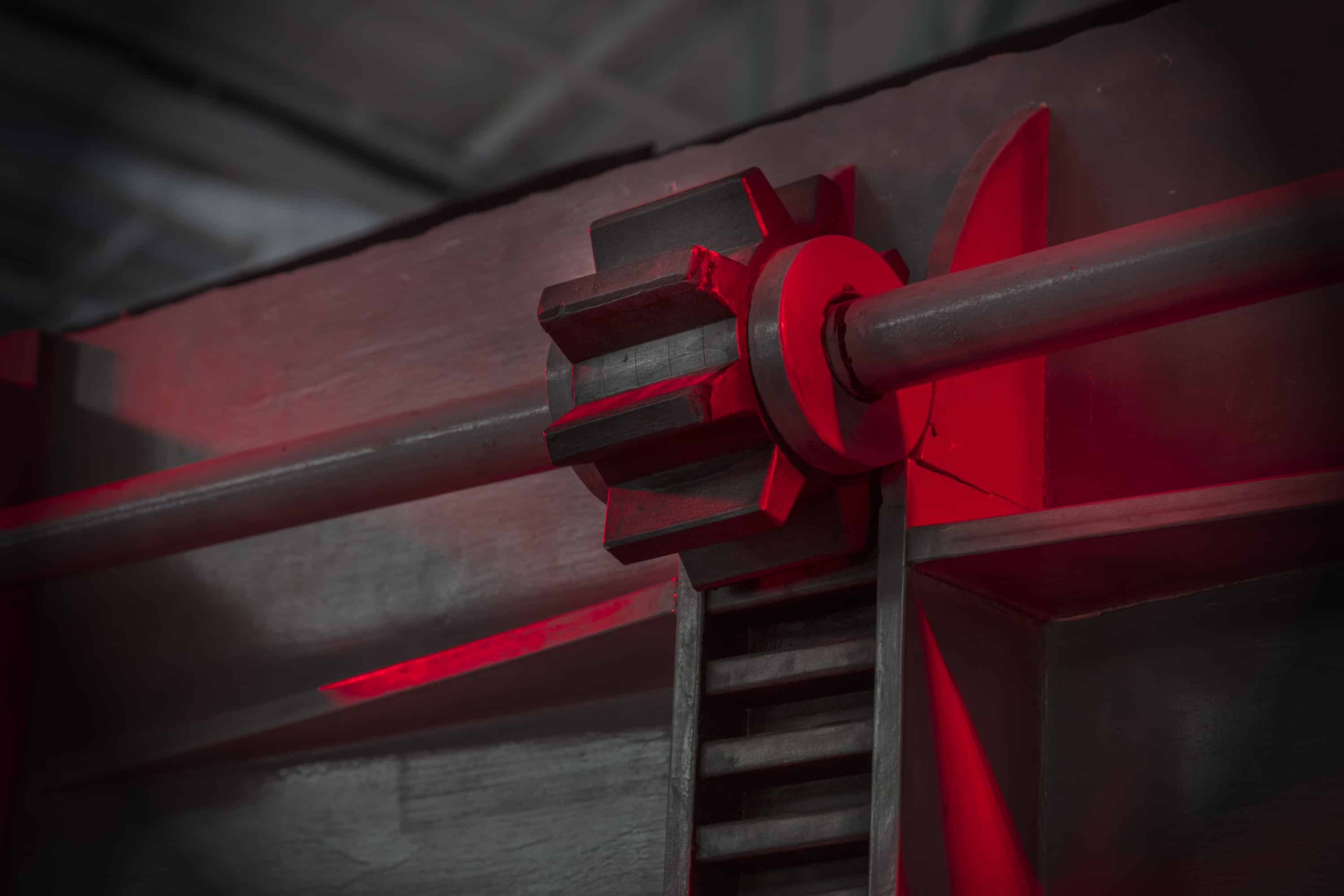
Construction
The story of Titanic’s conception and construction is told in the Construction Gallery. Visitors walk wood plank floors reminiscent of the docks in Belfast, and are enveloped in the sounds and images of the Ship’s construction. Artifacts in this gallery feature impressive pieces of the Ship’s infrastructure, as well as some of the items traveling in the cargo hold.
The Ship’s construction quickly brought together the finest designers, engineers, and draftsmen of the time, as well as a labor force of over 10,000 men. The world looked on in awe as the largest moving object made by human hands took shape, and the press marveled at the advanced technology being employed in Titanic’s construction. One periodical went so far as to call Titanic “practically unsinkable.”
Departure
On April 10, 1912, an air of excitement spread throughout Southampton, England, as Titanic’s sailing drew near. The Ship’s crew came aboard in the early morning and passengers began arriving at 9 a.m. First- class passengers arrived in more leisurely fashion closer to noon—the hour of Titanic’s scheduled departure.
The Departure Gallery features a representation of a section of Titanic’s hull, through which passengers passed via a boarding ramp to enter the Ship. Images of Titanic on her sailing day are also featured.
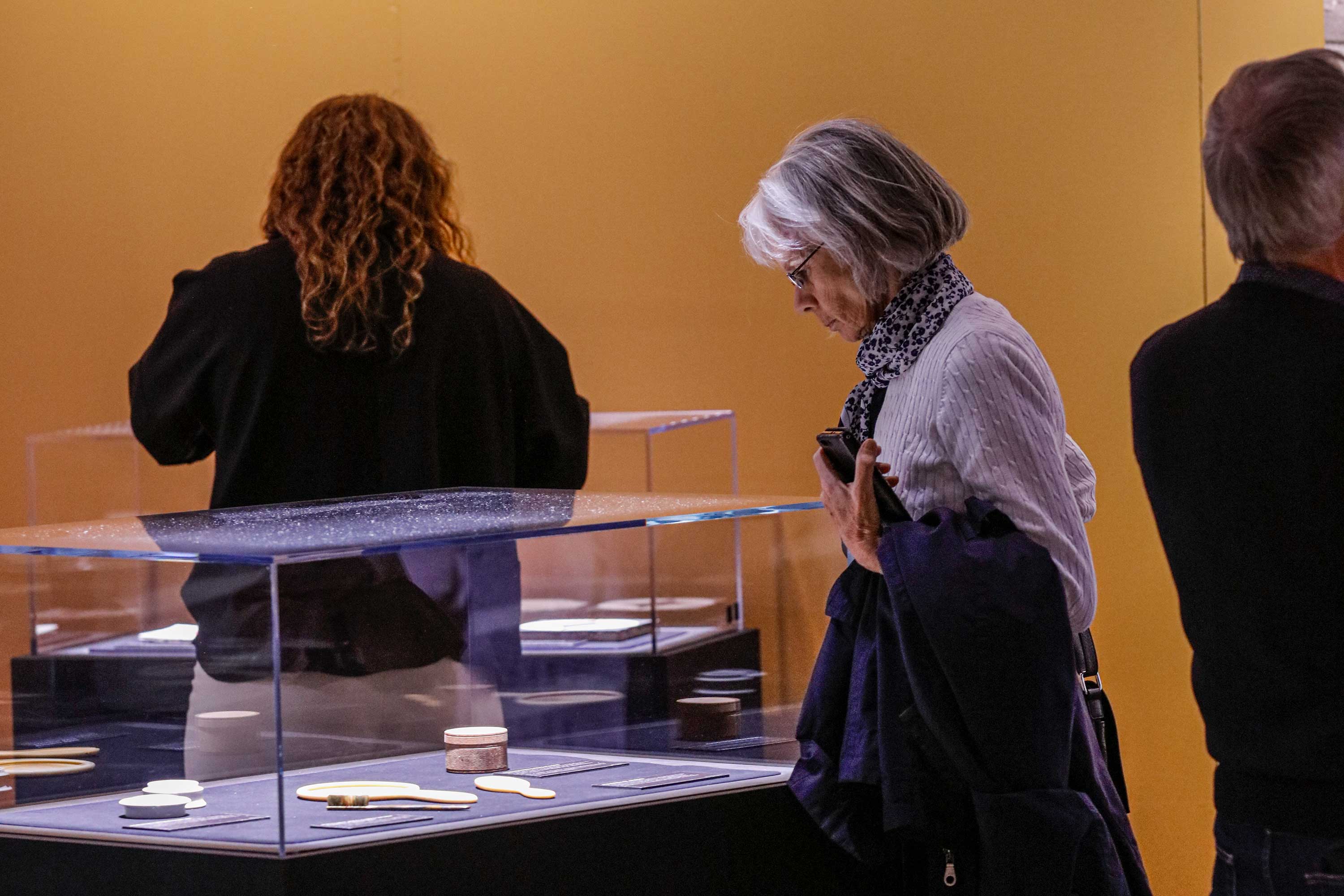

Life on Board
Titanic’s course took her to Cherbourg, France and Queenstown, Ireland before setting out for the open seas and New York Harbor. Passengers of all classes marveled at their accommodations and settled in for a luxurious crossing on calm seas.
In the Life on Board Gallery, visitors experience the amenities of all classes and witness the class distinction that was a foundational element in Edwardian society. Recreations of first- and third- class cabins detail the differences in creature comforts available to the super-rich and those of lesser means.
The gallery is filled with artifacts from Titanic, including cookware and china, as well as the personal belongings of many of the Ship’s passengers.
April 14, 1912
With less than two days left on their journey, Titanic’s passengers began to look forward to their arrival in New York. Despite several ice warnings received throughout the day, Titanic steamed into the moonless night near top speed.
The galleries that memorialize the night of April 14, 1912 tell the story of Titanic’s sinking in great detail. Visitors experience the Ship’s boiler rooms, where Titanic’s hardest work was done, and the wireless room, where ice warnings poured in throughout the day.
The culmination of the night comes in the Iceberg Gallery, where visitors come face to face with a wall of ice designed after a sketch drawn by Ship’s Lookout Frederick Fleet.
This refrigerated wall draws the humidity out of the air to create real ice. Visitors are asked to place their hands on the iceberg, giving them a sense of the frigid temperatures of the North Atlantic on the night of Titanic’s sinking. The iceberg brings to mind a sobering reality: although visitors can remove their hands from the iceberg when they feel too cold, those plunged into the icy waters did not have the luxury of that choice.

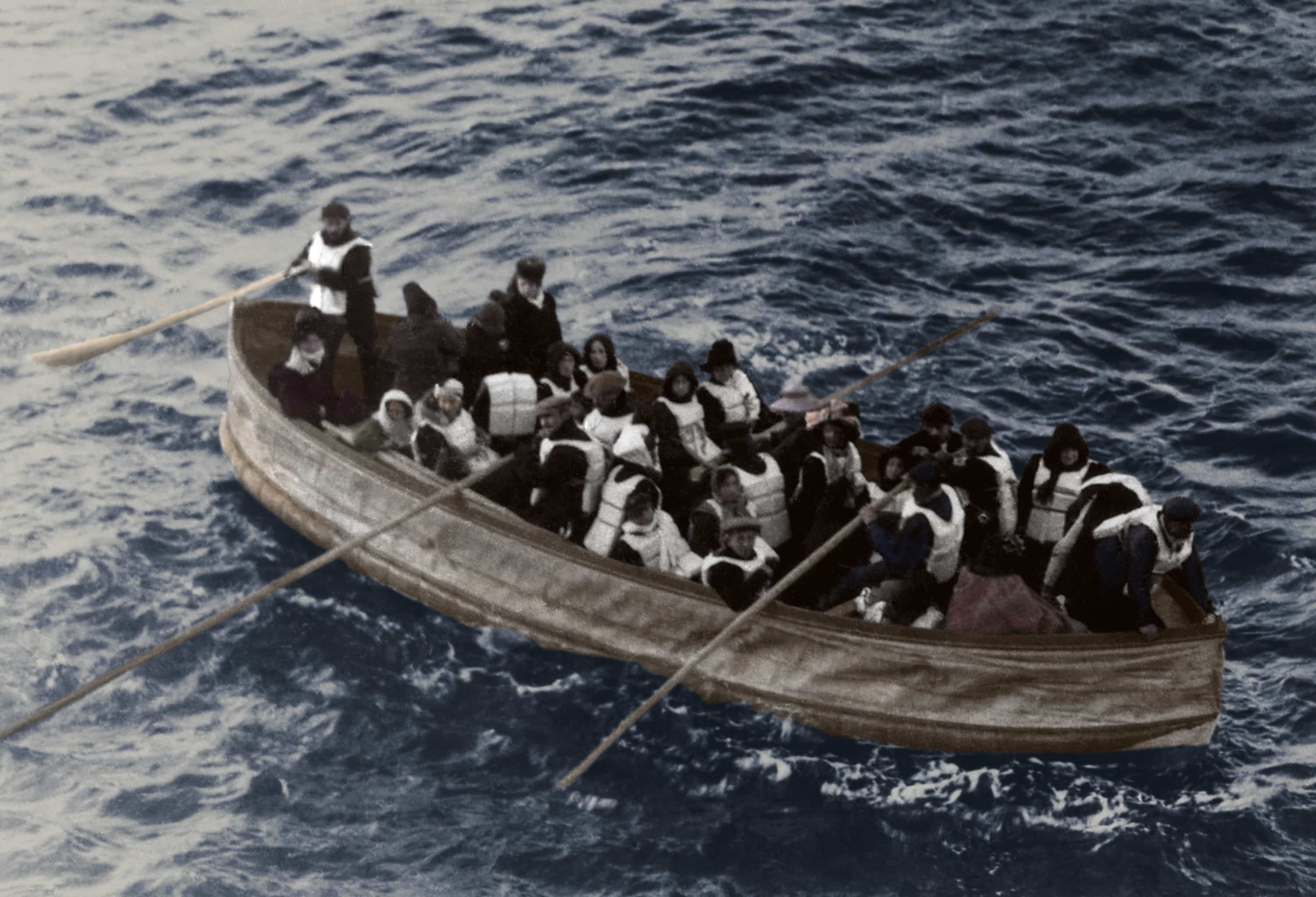
Lifeboat
The Lifeboat Gallery allows visitors to relive this final drama on Titanic’s decks, and to learn the story of the seemingly endless night that Titanic’s survivors passed in the lifeboats.
The two hours following Titanic’s collision with the iceberg and its sinking gave birth to some of the most poignant stories in human history. The Ship did not have enough lifeboats for all on board, forcing crew members to invoke the rule of the sea— women and children first. Husbands were separated from their wives, as were mothers and fathers from their children.
Seabed
RMS Titanic broke apart and sank at 2:20 a.m. on April 15, 1912. The wreck of the Ship lies in two major sections 2.5 miles beneath the surface of the North Atlantic and is surrounded by a debris field filled with personal and Ship-related objects.
The Seabed Gallery places visitors at the wreck site, giving them a sense of the harsh conditions and silent beauty surrounding the wreck. Objects are displayed in conditions representing those in which they were discovered. Images and models of the wreck in its current state offer visitors detailed information of Titanic’s condition, as well as the ongoing research and recovery missions to the site.
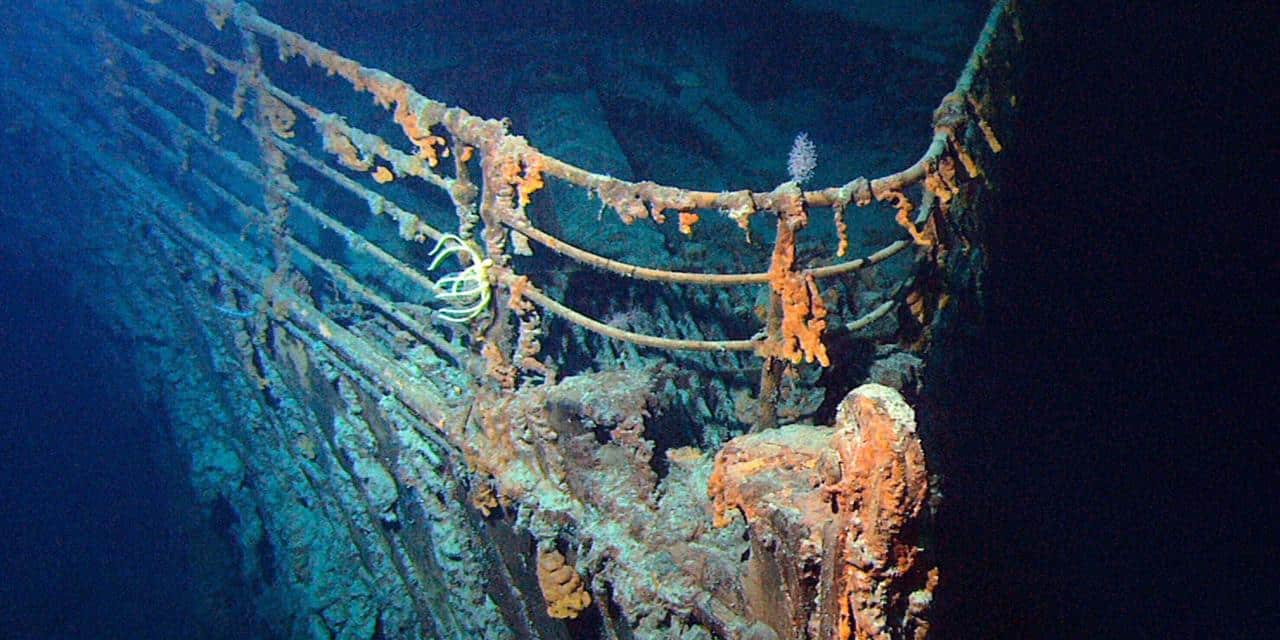
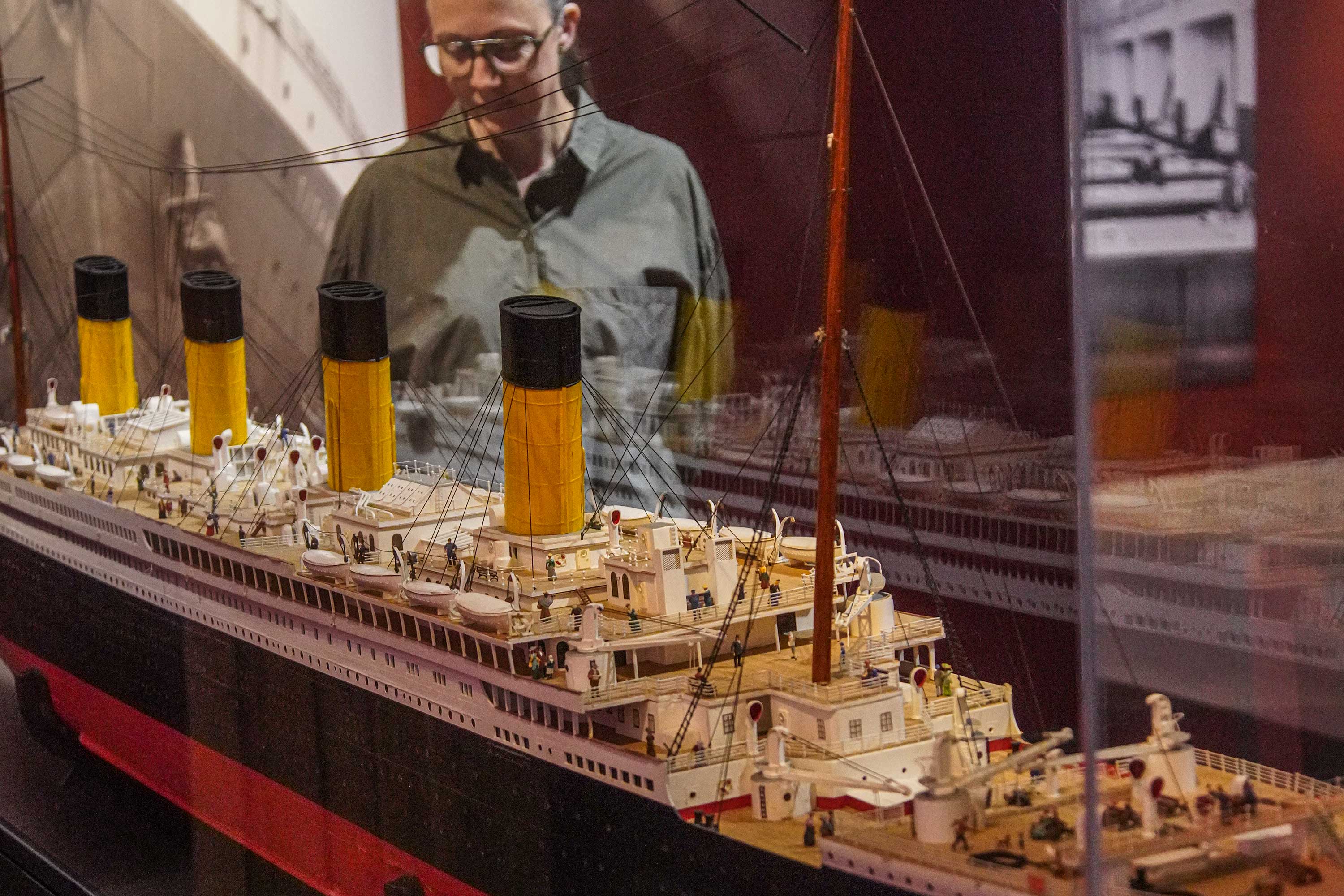
Memorial
Within a few days of Titanic’s sinking, the world learned the tragic news: 1,496 lost and 712 saved. The world mourned the lost, while relief funds were established to care for the saved.
The memorial wall provides a graphic description of the disparity of survival rates between the classes.
In addition, the gallery features objects from Titanic’s passengers and tells their stories in greater detail. The Memorial Gallery allows for reflection on Titanic’s tragedy and is a fitting conclusion to the Exhibition, leaving visitors with a deeper understanding of Titanic’s story and its lessons of human heroism and the fragility of life.



